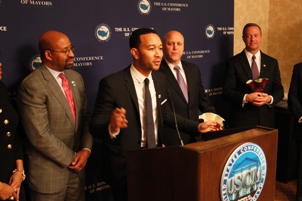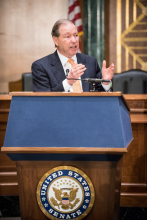
Julia Mandeville
Introductions are always difficult. Slightly awkward in person. Definitely daunting in writing. And yet that’s how we’ve been asked to begin our blogs for this amazing salon. So here we are…Hello!
My short professional bio (click on my name above) is a nice clean paragraph and offers a basic overview, but here's a bit more:
1. Albuquerque pulled me in. Something about it—an indescribable, magical (yes, magical!) quality—inspires me and all of the most wonderful people I know here to be kind of hyperactive. We feel indelibly influenced by the vitality it presents and the promise it offers. Yes, we anthropomorphize (5 syllables! 25 points!) this place. It’s hard not to, when it’s so very alive.
2. I love this community. This means that most everything I do relates to how I can contribute to its enrichment. I really hope you know what I mean.
3. Today, my favorite things are: my husband, Alex; our very fat cats and darling house in Nob Hill, an ABQ neighborhood; the colors fuchsia, burnt orange, and celadon; the taste of green chile on a perfectly cooked medium rare burger at Holy Cow; the feeling of almost accidentally picking up the cue ball; the clarity of being at such high altitude.
4. When we (in the field) talk about leveraging impact, I think we mean reinforcing beauty, inspiring investment, making change.
Read More

















 John Legend received a Citizen Artist Award from The United States Conference of Mayors and Americans for the Arts. Also pictured are Philadelphia Mayor Micheal Nutter (left), New Orleans Mayor Mitch Landrieu, and Maryland Gov. Martin O'Malley. (Photo via USCM)
John Legend received a Citizen Artist Award from The United States Conference of Mayors and Americans for the Arts. Also pictured are Philadelphia Mayor Micheal Nutter (left), New Orleans Mayor Mitch Landrieu, and Maryland Gov. Martin O'Malley. (Photo via USCM)












